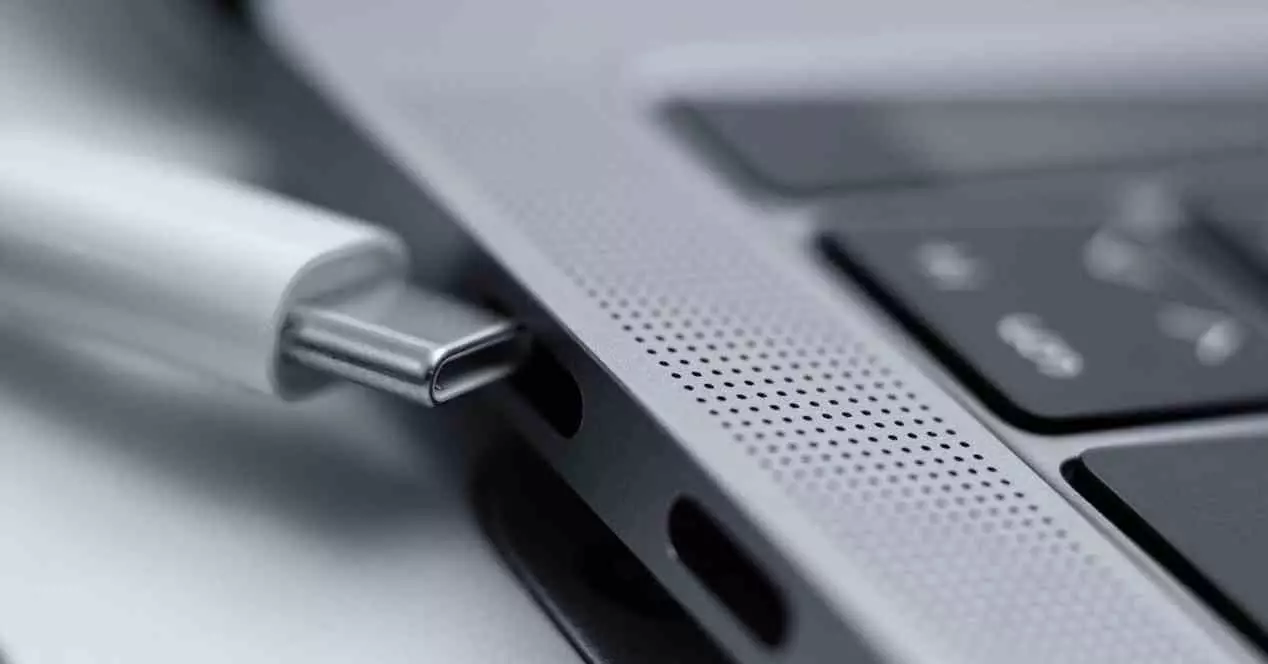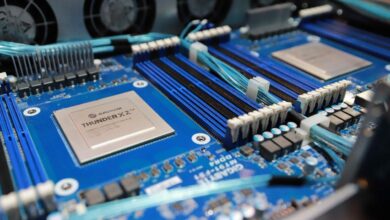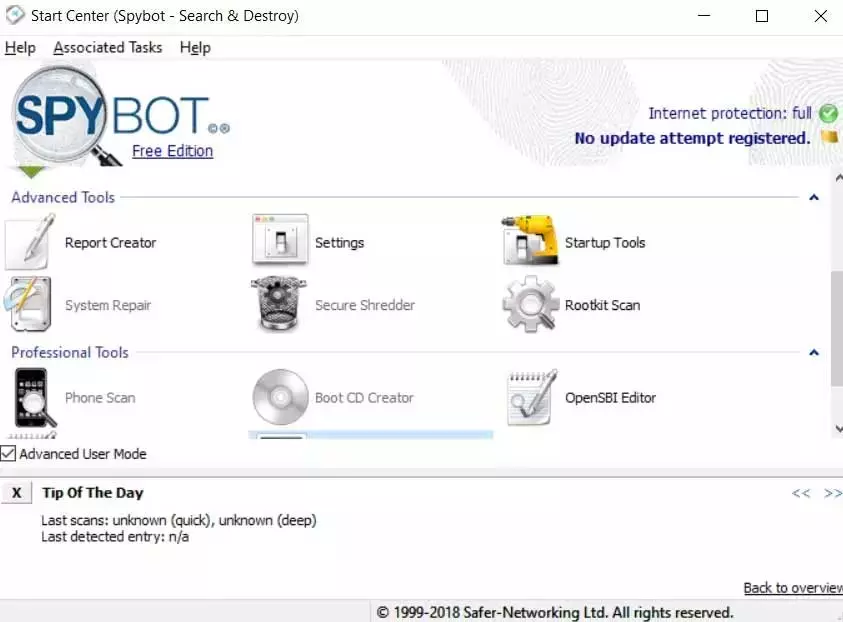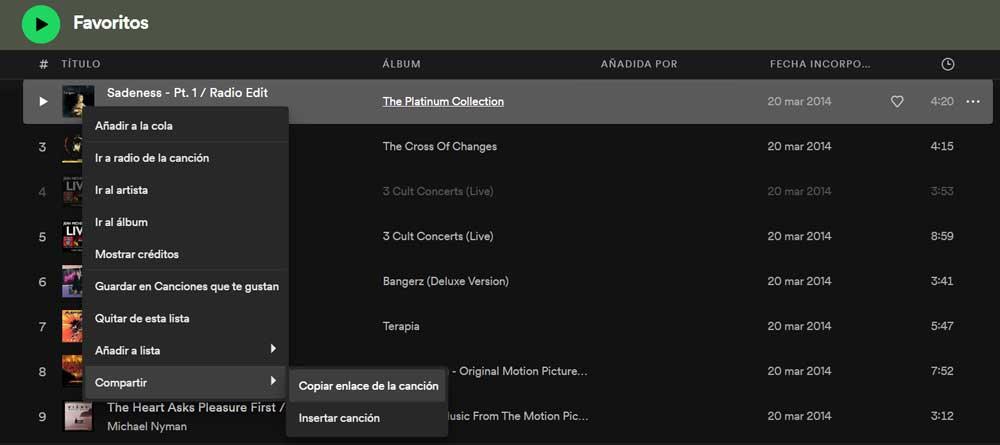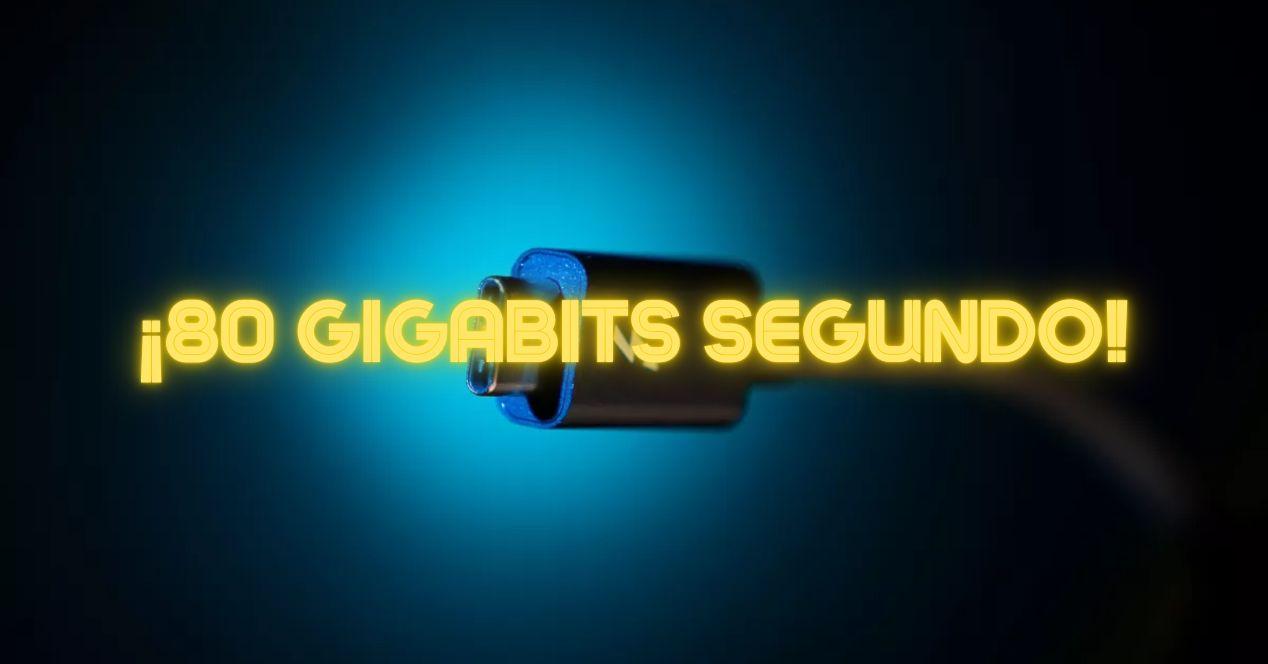
The USB port continues its unstoppable evolution in the form of increasingly faster versions and it can be said that with the USB 4 2.0 have given the bell, making this the fastest peripheral interface in history. Will we see HDMI 2.1 and DisplayPort gobbled up by the new version of Universal Serial Bus? What novelties does the new version of the standard bring us?
Today there are few devices that have support for USB 4, which is why talking about version 2.0 may seem strange to us. Although this is normal in computer standards, since all of them follow a regulation that must be written long before they are implemented in the hardware so that there are no compatibility problems when the different peripherals and components that use it go on the market. .
What’s new with USB 4 2.0?
Well it seems to start a 80Gbps transfer rate or that is the same 10 GB/2. Now think about it, your M.2 SSDs with PCI Express interface transmit at 7 GB/s, which means that this port will make it possible to have drives of this type completely externally with almost identical performance to today’s internal drives. day. Of course, we will have to wait a while for this. Since only the official announcement of USB 4 2.0 has been made, but the specifications for its implementation have not yet been published.
The only thing we know is that will be backward compatible with USB 4 version 1.0 and versions 3.2 and 2.0, as well as Thunderbolt 3. And although the USB Promoter Group has not said anything yet, it is more than clear that the future lies in reducing monitor cables as much as possible. Replacing the video and power by one. In part, one of the reasons why there is talk of future graphics cards above the consumption we were used to is because of this.
The end of HDMI and DisplayPort?
Let’s not forget that HDMI 2.1 works at 48 Gbps of bandwidth, a little more than half of what USB 4 2.0 supports. Today it may seem like an incredible bandwidth, but the reality is that, for example, if we want to enjoy 4K content at a refresh rate of 120 Hz and at the maximum color resolution, we have to do so by losing image quality due to compression. DSC or Display Data Compression. So this new version of the standard has many numbers to become the future cable for video interfaces. Especially due to the fact that it will easily allow all kinds of peripherals to communicate through the USB-C port.
Let’s not forget that the USB Alt DP function that is used for video transmission is nothing more than an implementation of DisplayPort. In any case, the new version will allow the use of the same port for DP 2.0 at the same time as for data transfer with the speed of the first USB 4. That is why we think that many manufacturers, especially those of motherboards, are going to eliminate the classic video outputs to use the future port for it.
